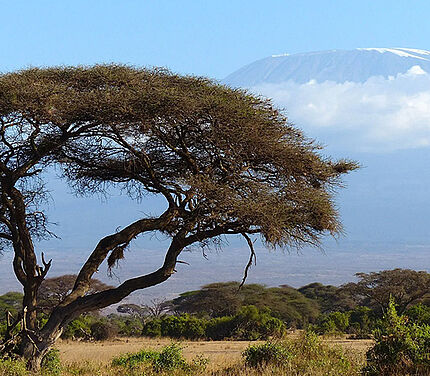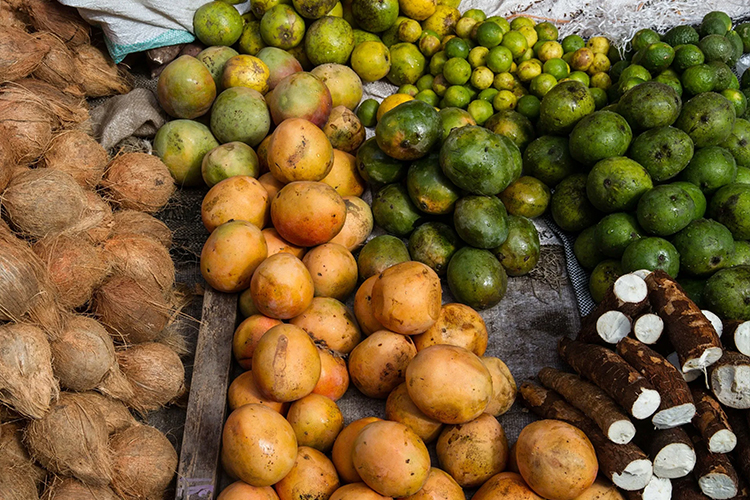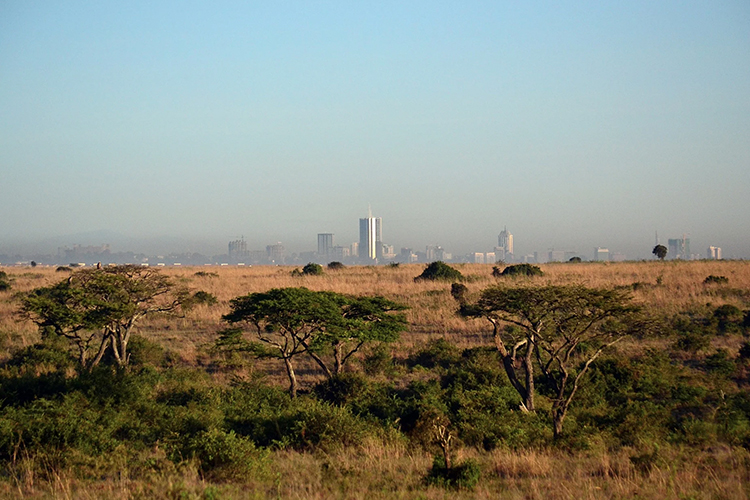AFRICA
Kenya
Area: 580.367 km²
Geography: Kenya´s climate varies from tropical along the coast to arid in the inland. The landscape is characterized by low plains that rise to central highlands. Lake Victoria is the world's largest tropical lake and second largest fresh water lake. The Kenyan Highlands comprise one of the most successful agricultural production regions in Africa and contribute to one third of the country’s GDP. (CIA, 2019)
Land Degradation: More than 12 million people live in areas that are affected by land degradation. There are several challenges that endanger the agricultural output of the country, soil erosion and soil nutrient depletion are two of them. Moreover the proceeding land degradation might lead to a loss of rural livelihoods, reduced water supplies and putting wildlife habitat in danger. (Mulinge W. et al., 2016)
Sustainable Land Management : The challenge of land degradation and its many negative effects is recognized by the Kenyan government. Kenya´s Vision 2030 aims to tackle the socio-economic as well as the biophysical causes of land degradation. (Ministry of Environment and Natural Resources Kenya, 2016)

ELD ACTIVITIES
-
Case Study (2024)
Title: The economics of soil organic carbon - Impact of sustainable land management approaches on ecosystem services of soil organic carbon on crop land in Western Kenya
Content: This study aims to assess how sustainable land management (SLM) practices, namely Conservation Agriculture and Integrated Soil Fertility Management influence the content of soil organic carbon and the farm income of small farmers in Western Kenya participating in the GIZ project ProSoil.
Report and accompanying material: Forthcoming -
Case study (2020)
Title: Economic and Policy Implications of ELD Studies in Kenya under the ReGreening Africa Project
Content: ELD supported three economic valuation studies in different agro-ecological regions of Kenya. The findings demonstrate that the benefits of SLM exceed the costs, providing evidence to policy makers that the costs of inaction – in the form of reduced food productivity and the loss of ecosystem services – are by far greater than the required current investments to address land degradation.
Publication: February 2020
National policy brief: EN
Regional case study 1: Aberdare Water TowersRegional case study 2: Northern Kenya rangeland management
- Report: EN
-
Capacity Building (2017-2020)
Within the Regreening Africa project, jointly implemented with the World Agroforestry Centre (ICRAF), the ELD Initiative is conducting trainings on the total economic valuation of terrestrial ecosystems and their services. Trainings are complemented by practical exercises as part of the ongoing research within the country.

-
Case Study (2016)
Title: Costs and benefits of sustainable soil fertility management in Western Kenya.
Authors: Dallimer M., Stringer L.C., Orchard S.E., Osano P., Njoroge G., Wen C.
Content: The study examines the costs and benefits of different sustainable land management practices in Western Kenya providing important new empirical data to identify practices with quick returns on investment. Benefits that accrued to individual farmers from manuring were universally positive and the benefit-cost ratio for intercropping was uniformly high. However, an investment in physical terraces or agroforestry is going to be beneficial depending on local conditions and contexts.
Report: EN
Policy Brief: EN

CONTACT
ELD Secretariat
E-Mail: info@eld-initiative.org
